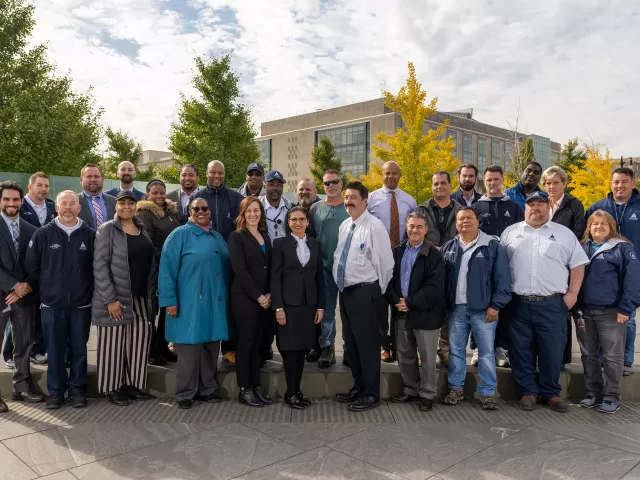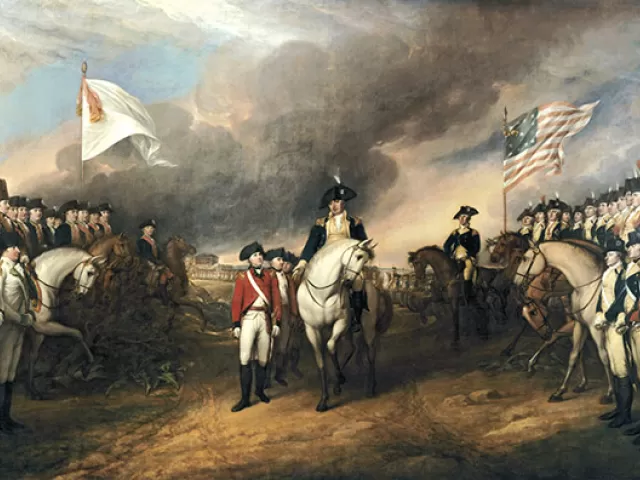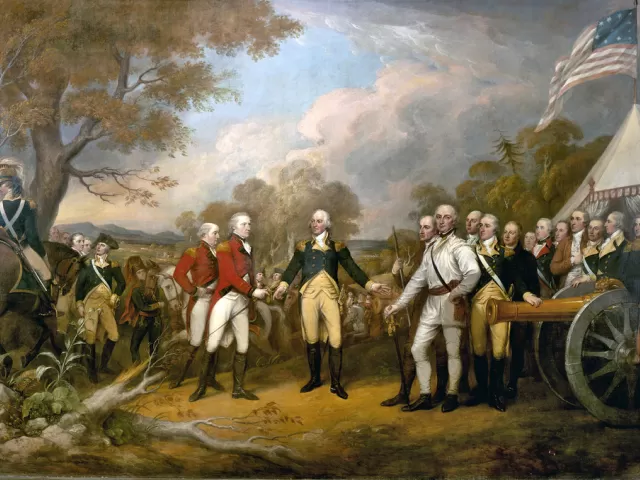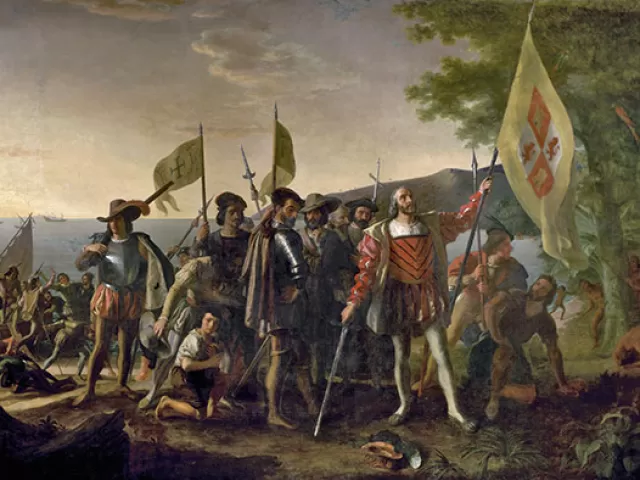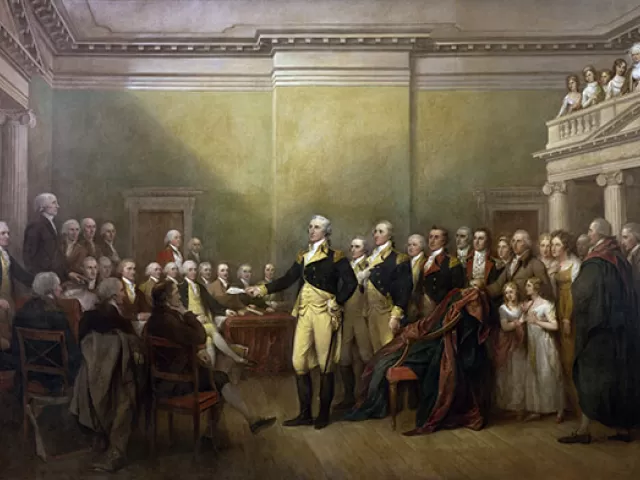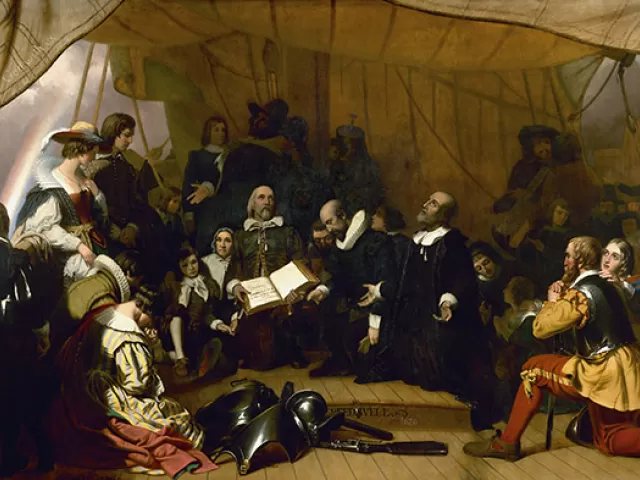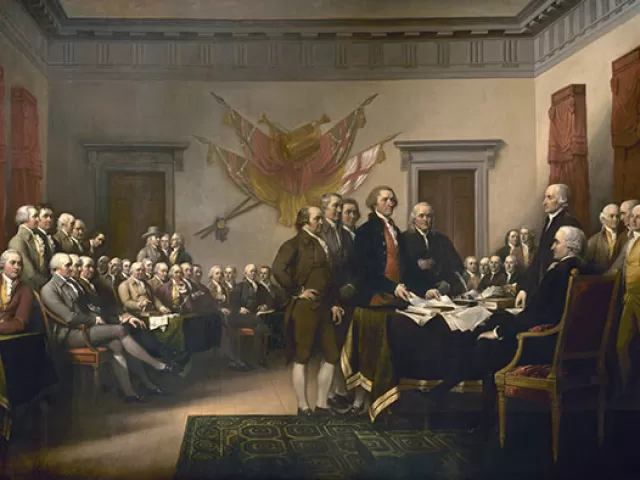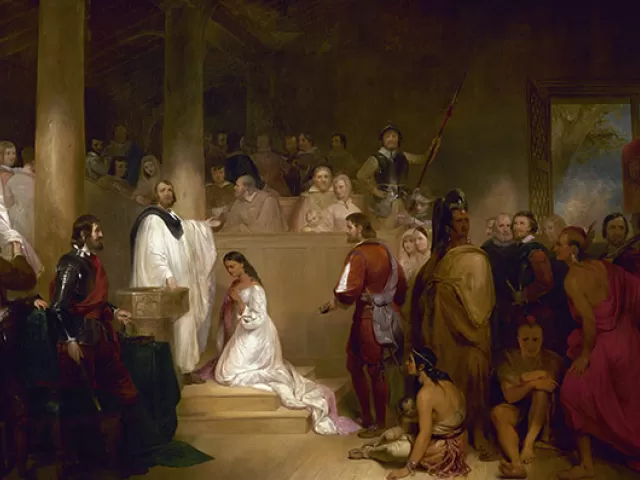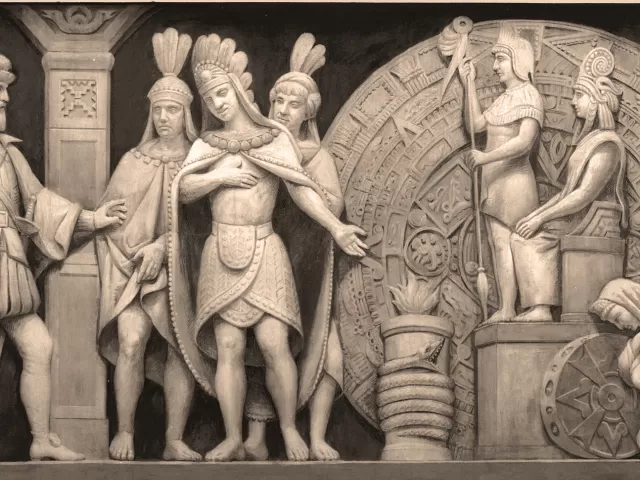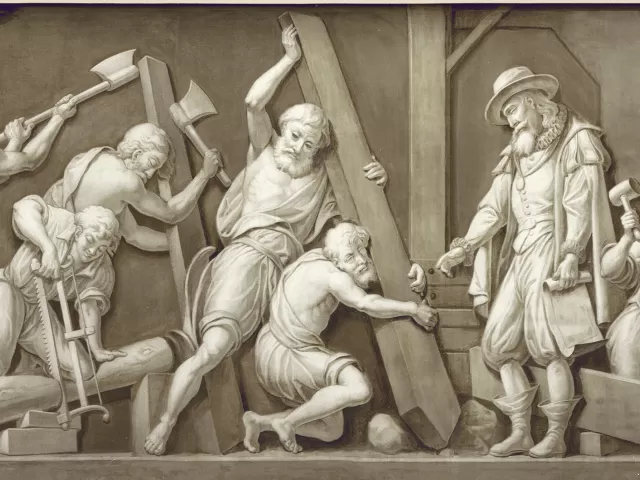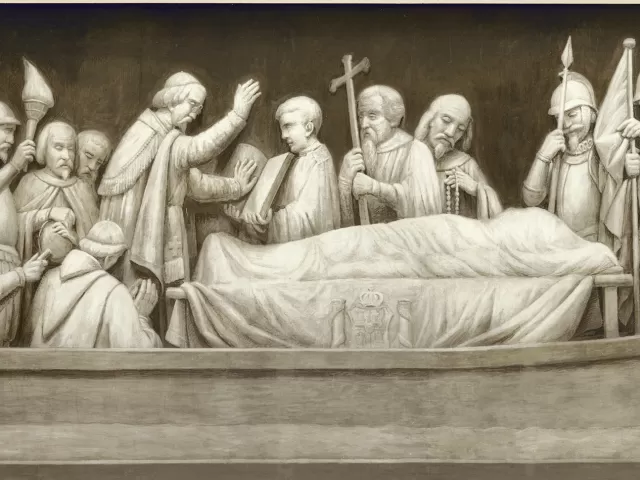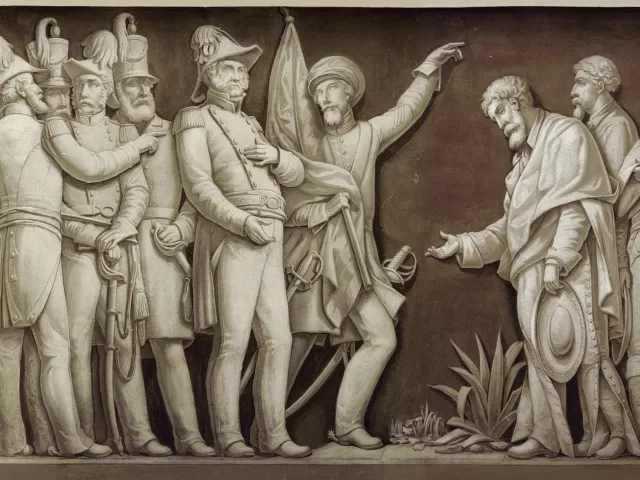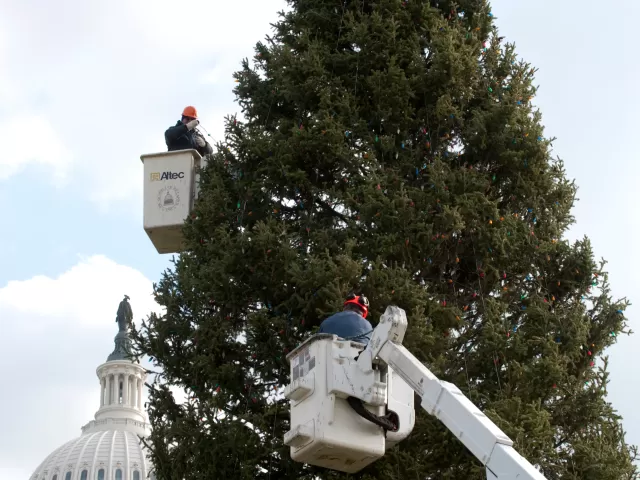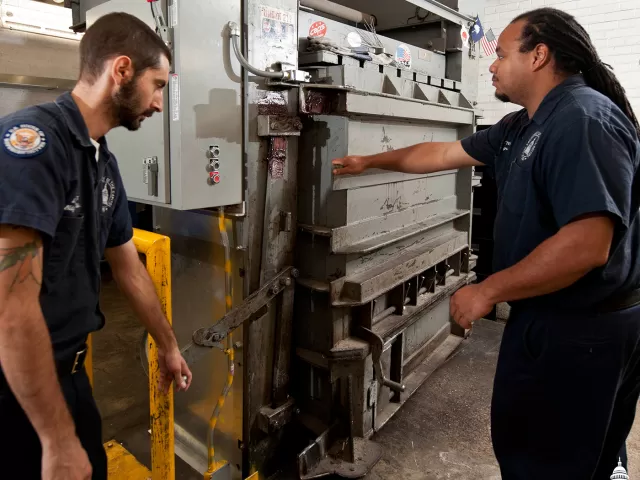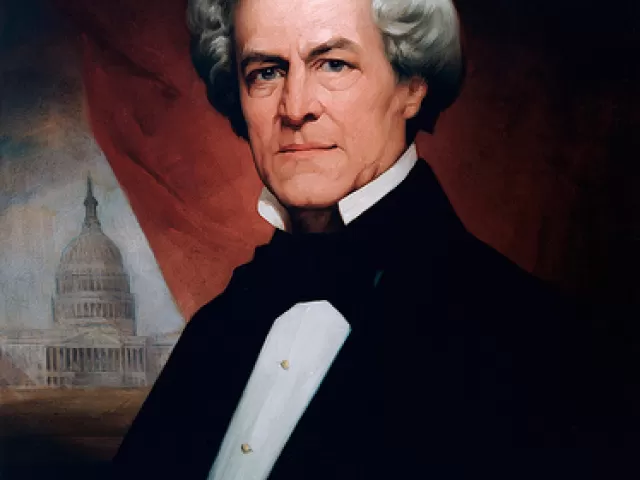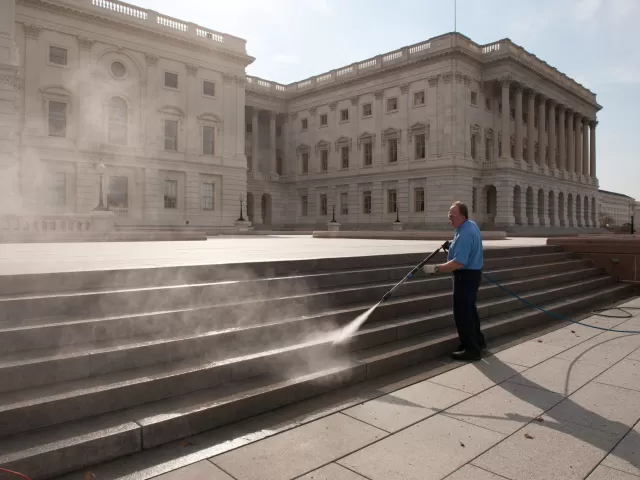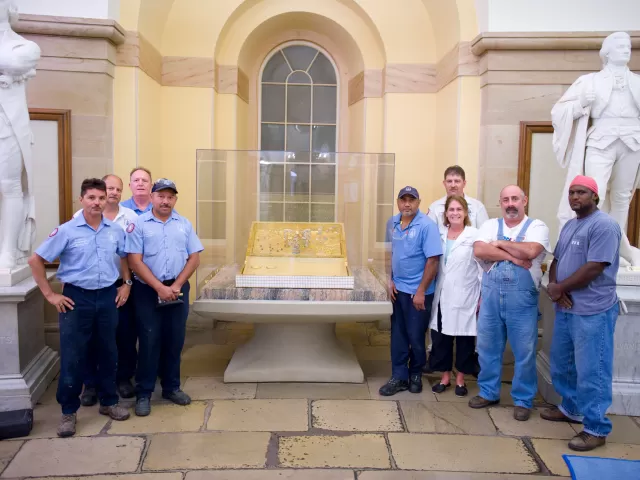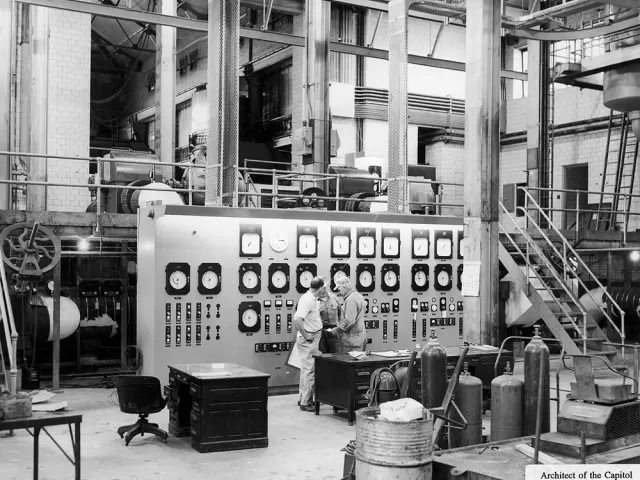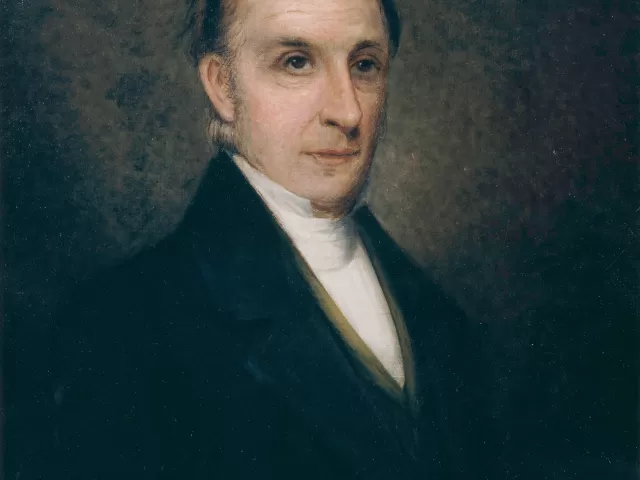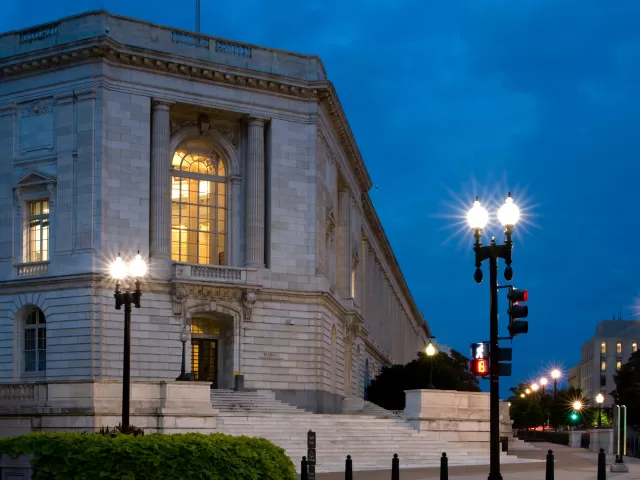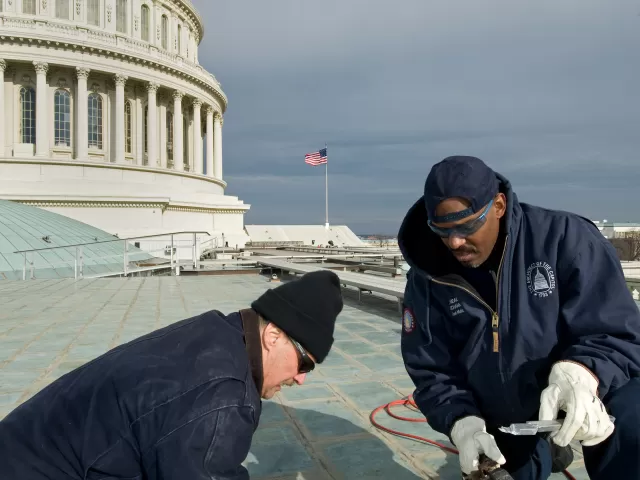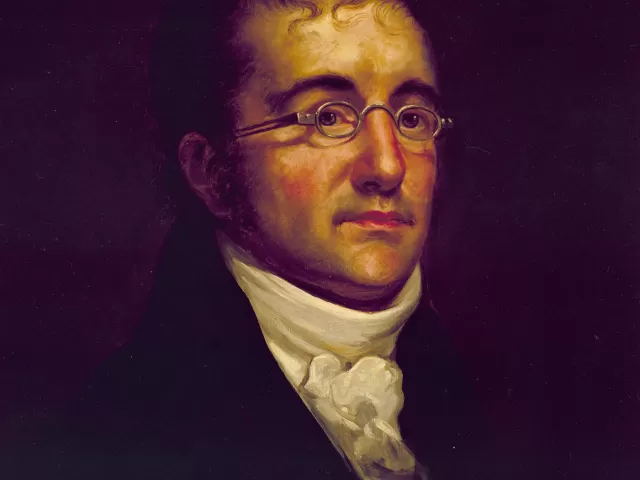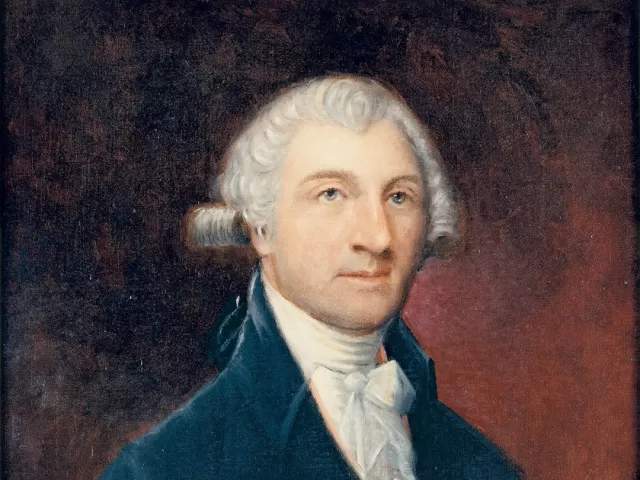Displaying 991 - 1017 of 1017 Clear
Highlight
The bronze doors of the Senate wing are comparable to those in the House. Each valve consists of three panels, depicting events in the life of George Washington and Revolutionary War scenes, and an allegorical medallion.
Highlight
This chandelier has hung in the Small Senate Rotunda since 1965. Imported from Europe in 1903, it previously hung in a historic Baltimore theater and a Capitol Hill church. Originally smaller, it has been enlarged and modified over its history.
Basic page
The Federal Employee's Compensation Act (FECA) provides compensation benefits to Federal civilian employees for disability due to personal injury or disease while in the performance of duty. FECA also provides for payment of benefits to dependents if the injury or disease causes an employee's death
Basic page
Find out information about working at the Architect of the Capitol (AOC), the application process and our open positions.
Basic page
Telework Employees teleworking may log onto the AOC network at https://telework.aoc.gov and also access their email via Outlook at https://outlook.office365.com/mail. Time & Attendance AOC staff can submit their timesheets via GovTA from an AOC desktop or AOC issued device at https://govta.aoc.gov
Highlight
The painting Surrender of Lord Cornwallis by John Trumbull is on display in the Rotunda of the US Capitol. The subject of this painting is the surrender of the British army at Yorktown, Virginia, in 1781, which ended the last major campaign of the Revolutionary War.
Highlight
The event shown in this painting is the surrender of British General John Burgoyne at Saratoga, New York on October 17, 1777.
Highlight
This painting depicts Christopher Columbus and members of his crew on a beach in the West Indies, newly landed from his flagship Santa Maria on October 12, 1492.
Highlight
The painting General George Washington Resigning His Commission by John Trumbull is on display in the Rotunda of the U.S. Capitol. This painting depicts the scene on Dec. 23, 1783, in the Maryland State House in Annapolis when George Washington resigned his commission as commander-in-chief of the
Highlight
This painting depicts the Pilgrims on the deck of the ship Speedwell on July 22, 1620, before they departed from Delfs Haven, Holland, for North America, where they sought religious freedom.
Highlight
This painting depicts the moment on June 28, 1776, when the first draft of the Declaration of Independence was presented to the Second Continental Congress.
Highlight
This painting depicts the ceremony in which Pocahontas, daughter of the influential Algonkian chief Powhatan, was baptized and given the name Rebecca in an Anglican church.
Highlight
The Spaniard Hernando Cortez, conqueror of Mexico, enters the Aztec temple in 1519. He is welcomed by Emperor Montezuma II, who thought Cortez was a god. The calendar stone and idols are based on sketches that artist Constantino Brumidi made in Mexico City. (1520)
Highlight
Early settlers cut and saw trees and use the lumber to construct a building, possibly a warehouse for their supplies.
Highlight
Spanish explorer Hernando DeSoto died of a fever while searching for gold in Florida and the territory north of the Gulf of Mexico. To protect his body from enemies, his men buried him at night in the Mississippi River, which he had been the first European to discover. (1542)
Highlight
General Winfield Scott is shown during the Mexican War, entering the capital. Peace came in 1848 with the Treaty of Guadalupe Hidalgo, which fixed the Mexican-American border at the Rio Grande River and recognized the accession of Texas. The treaty also extended the boundaries of the United States
Programs & Events
Article
The hanging of the Capitol Christmas Tree lights is the job of the Architect of the Capitol (AOC) Capitol Grounds Division. "When the lights of the Capitol Christmas Tree are finally turned on, everyone has that 'ahh' moment," says Tree Surgeon Supervisor George Rollins. Rollins has served with the
Behind the Scenes
Article
Equivalent in size to six Empire State Buildings, the buildings of the U.S. Congress and Supreme Court must be operational at all times to ensure the continuity of our democracy. Maintaining them at the highest level possible demands the best effort of the employees of the Architect of the Capitol
Person
Appointed June 11, 1851; Resigned May 26, 1865. Thomas U. Walter's plans for the enlargement of the U.S. Capitol were approved by President Millard Fillmore and he was appointed Architect of the Capitol Extension in 1851. While he oversaw the construction of new marble wings, the commissioner of
Behind the Scenes
Article
As the saying goes, "Rome wasn't built in a day," and neither was the U.S. Capitol and its surrounding buildings and grounds. Since Congress first met in the Capitol in 1800, the building has undergone dramatic expansion as the size of the nation has increased. In the center of it all is the U.S
Behind the Scenes
Article
It took both brawn and brains to move a beautiful (and hefty) treasure when the Magna Carta display was moved from the Capitol Rotunda to its new home in the Capitol Crypt. In August, the Architect of the Capitol's (AOC) Capitol Building Mason Shop, with the support of a rigging company, spent 14 ½
History & Discoveries
Article
The Capitol Power Plant has undergone significant changes as new buildings were built, and more modern and efficient equipment was installed, but what hasn't changed is the commitment of the staff. The plant's staff are highly-skilled and extremely dedicated — many have worked there for decades.
Person
Appointed by President James Monroe and the Commissioner of Public Buildings, January 8, 1818; Office abolished June 25, 1829. Charles Bulfinch was hired by the commissioner of public buildings in 1818 to replace Benjamin Henry Latrobe. He continued the restoration of the two wings, which were
Projects
Article
The Russell Senate Office Building is looking really good for its age but, to keep it in tip-top condition, the Architect of the Capitol spent some time studying the building's exterior in preparation to clean, repair and restore the exterior envelope of this historic building.
Behind the Scenes
Article
Since that time nearly 150 years ago, while the Union was restored, multiple forces have been unrelenting in their attack on the Capitol—time, weather, and nature. Today, a small unit of men has the task of protecting and preserving this most important American icon. Led by Bryan Glotfelty and
Person
Hired by President Thomas Jefferson, March 6, 1803; construction halted by July 1, 1811; Hired by President James Madison, April 6, 1815; Resigned November 20, 1817. Benjamin Henry Latrobe was hired by President Jefferson in 1803 to fill the position of "Surveyor of Public Buildings," with the
Person
Design selected by President George Washington, 1793; appointed a commissioner of the federal city by President Washington, 1794, and served until 1802. Dr. William Thornton was an amateur architect who is honored as the "first architect" because his design for the U.S. Capitol was accepted by


